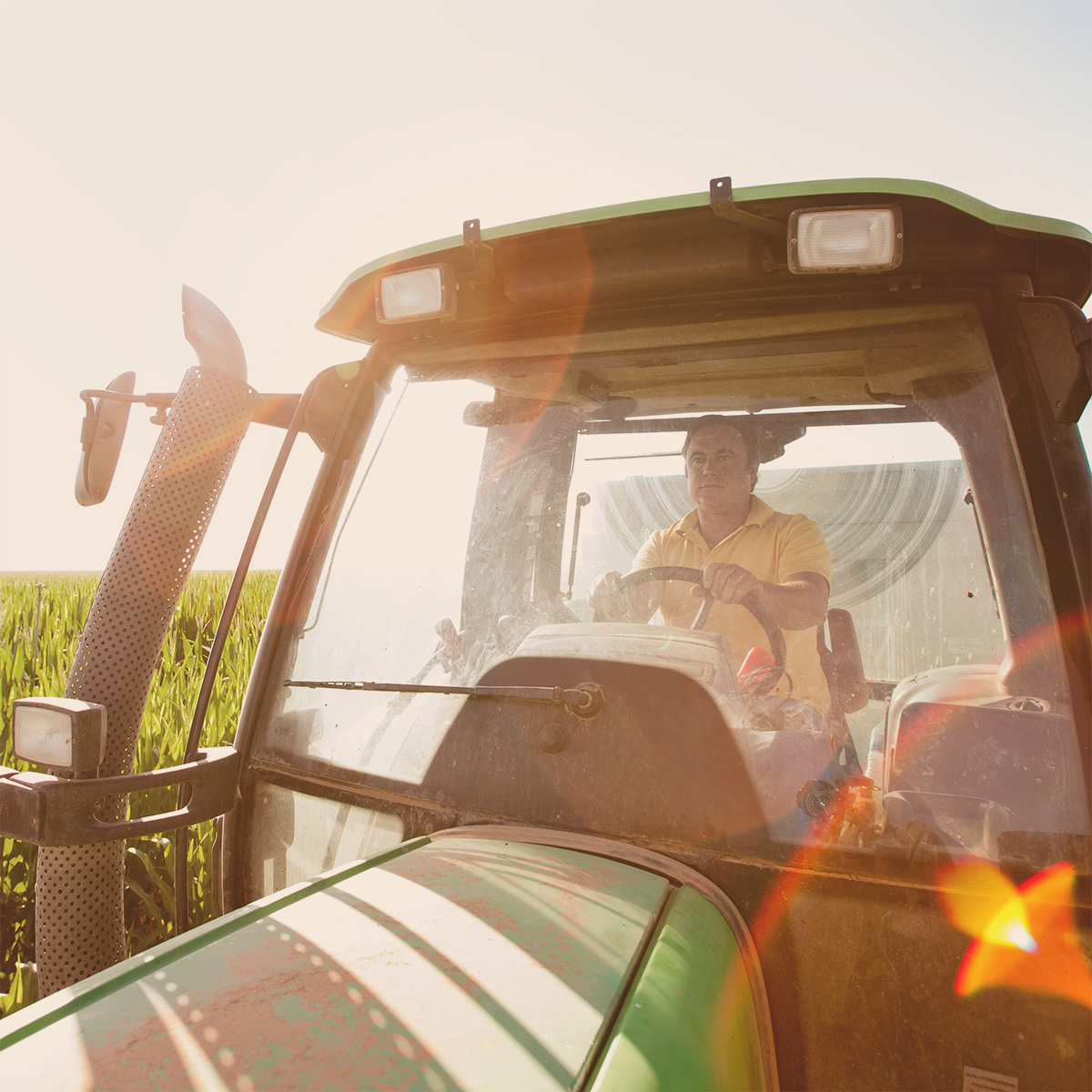
Farmers protect the environment with the help of modern agriculture's innovations
How Farmers are Supporting the Environment
We Share the Land
We share planet Earth with 8.7 million different species of life. Every handful of soil, drop of water, and breath of air is habitat for at least one of them. It is important to find a way to share the planet and the resources required to survive.
For those working in agriculture, this presents a challenge. How can the industry equip farmers with the tools they need to grow our food, while also preserving enough land and habitat for all species to thrive?
What is Biodiversity?
Biodiversity means the variety of species that inhabit a particular region or ecosystem. Each species plays a role, often in support of another species. That means land-use decisions can often shift the balance of any ecosystem. When handled with care and awareness, those decisions can encourage and support this delicate balancing act.
How is Modern Agriculture Helping?
The industry has provided farmers with an impressive array of innovations to help do their part in preserving habitats. Some of these help farmers become more productive with the same amount of land. This is known in agriculture as sustainable intensification.
Precision Tools Reduce Carbon Footprint
Precision technologies like GPS and auto-steer on tractors allow growers to farm the same amount of land while using less fuel and fertilizer. This lowers the farmer’s carbon footprint, or the amount of greenhouse gas emissions produced while farming.




Digital Tools and the Quest for Efficiency
By collecting and analyzing years of soil fertility and crop yield data, farmers are able to match seed types to soil types. This allows them to calculate the exact amount of fertilizer required to maintain that crop.
Biotechnology and Conservation Tillage
A third area where agriculture has provided valuable tools to farmers is soil health. The advent of genetically modified seeds was followed by a boom in conservation tillage (reduced plowing). Tillage had long been an important weed control tool, but the introduction of seeds modified to tolerate herbicide meant it was no longer necessary.
Conservation Tillage and Soil Health
Where feasible, practices such as no-till (no plowing of the soil) and reduced-till (minimal plowing), allow the previous season’s crop residue to be left on top of the soil. Conservation tillage generally leads to healthier soils that hold moisture more effectively, reduce erosion and nutrient runoff, and can even lead to better harvests over the long term.
Modern Agriculture Supporting
Ecological Balance
Today’s environmentally conscientious farmers are vital to the mission to sustain food production and maintain a balance with nature.These farmers are helping to keep our planet, and the species that live here, healthy and thriving for many years to come.
" img="632" image-filename="Screen-Shot-2017-02-17-at-4.24.03-PM.jpg" id="content_gqe995tx1" post_id="602"][/ce_article_full_width_photo]Related Articles


The Roaming Life of a Commercial Beekeeper
Discover how commercial beekeepers “follow the bloom" and help farmers across the nation to pollinate and produce important crops with the help of honeybees.

